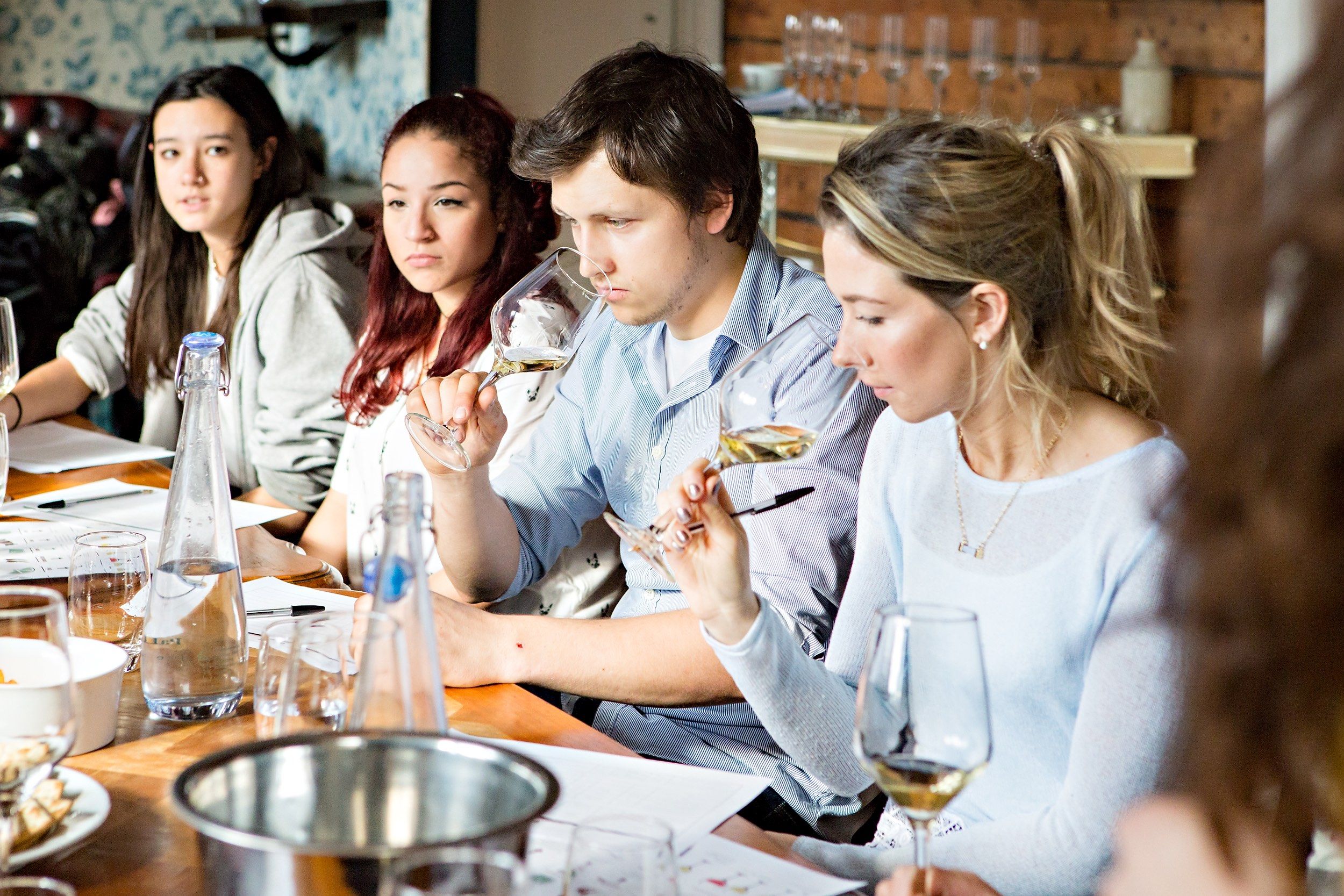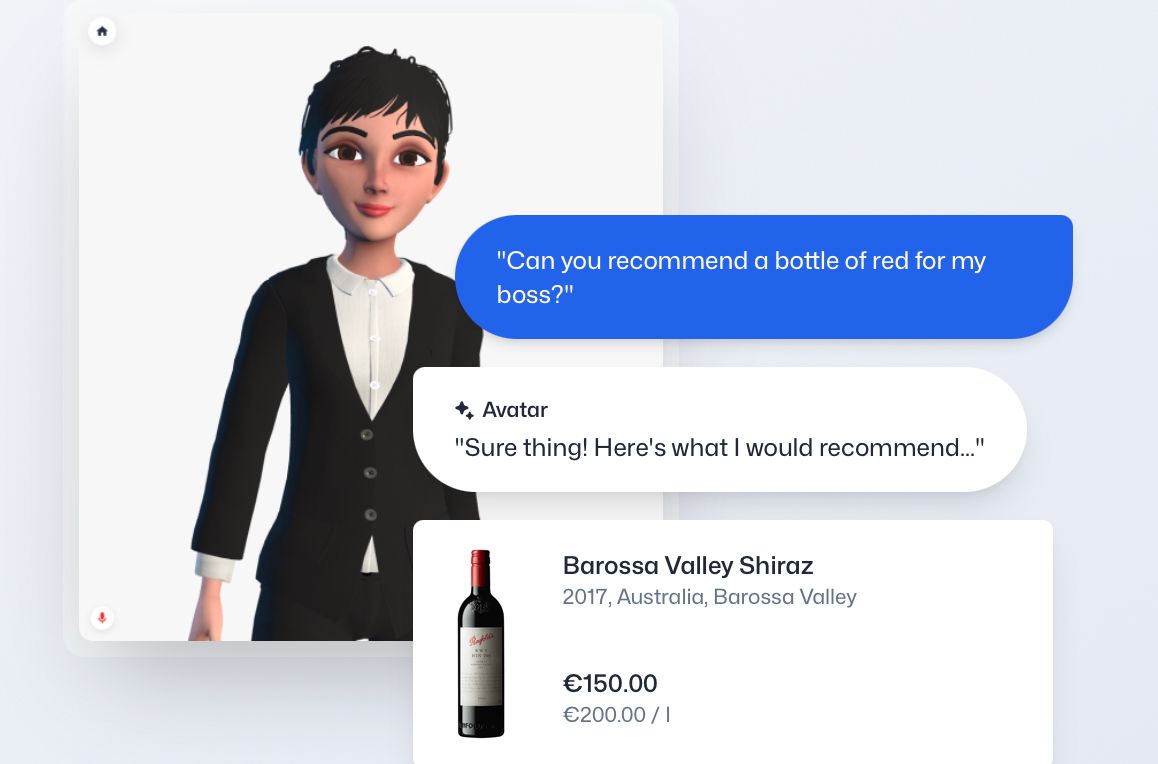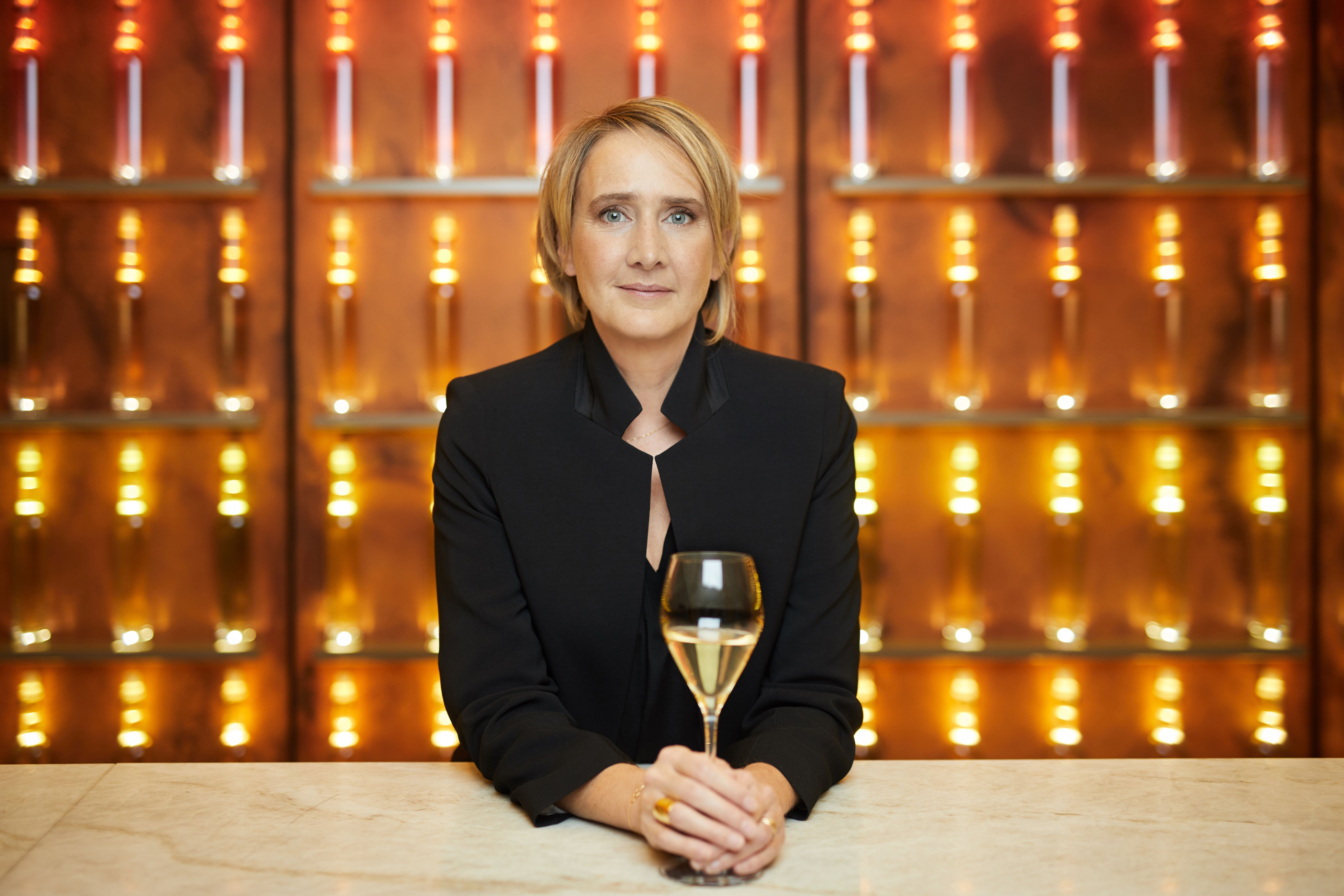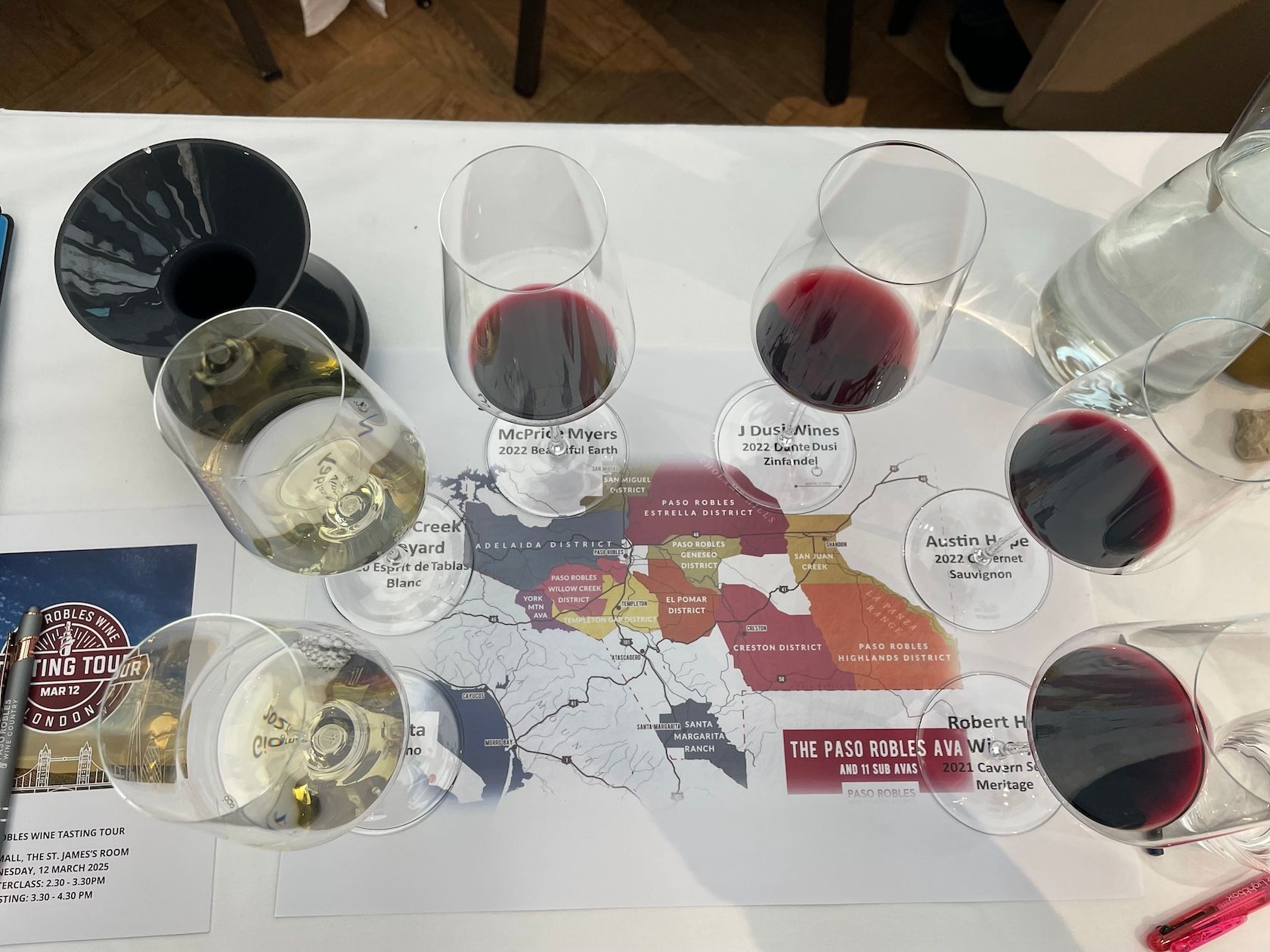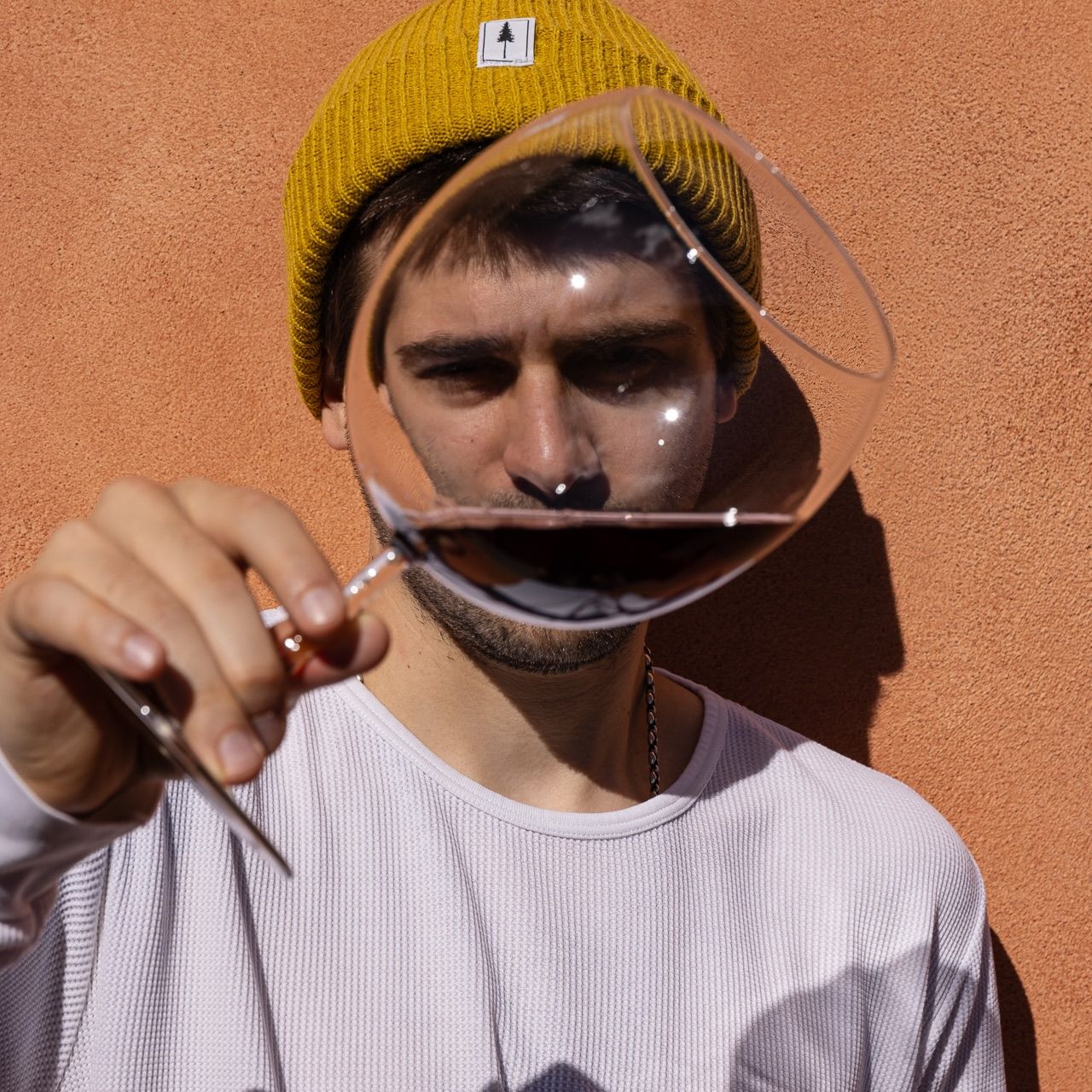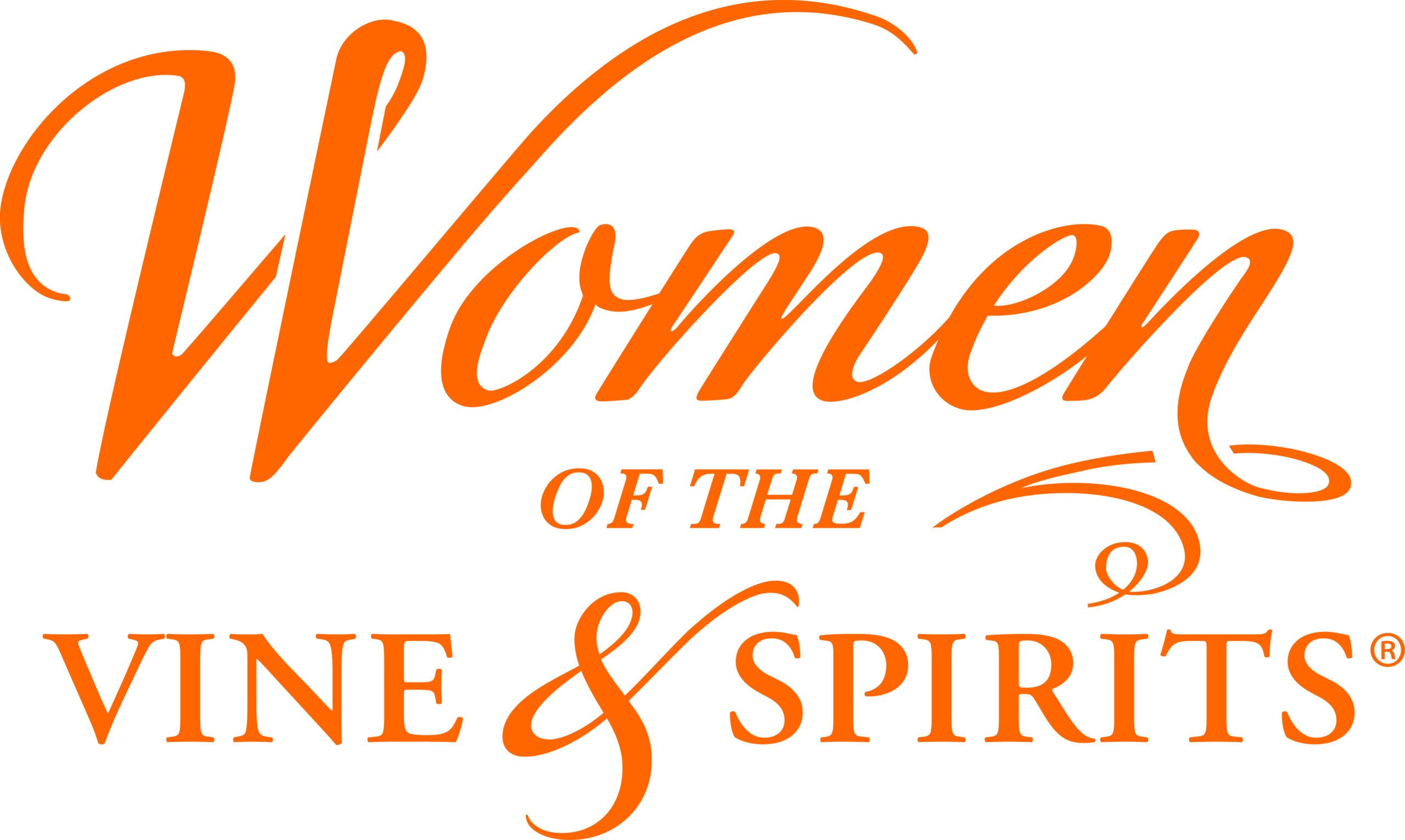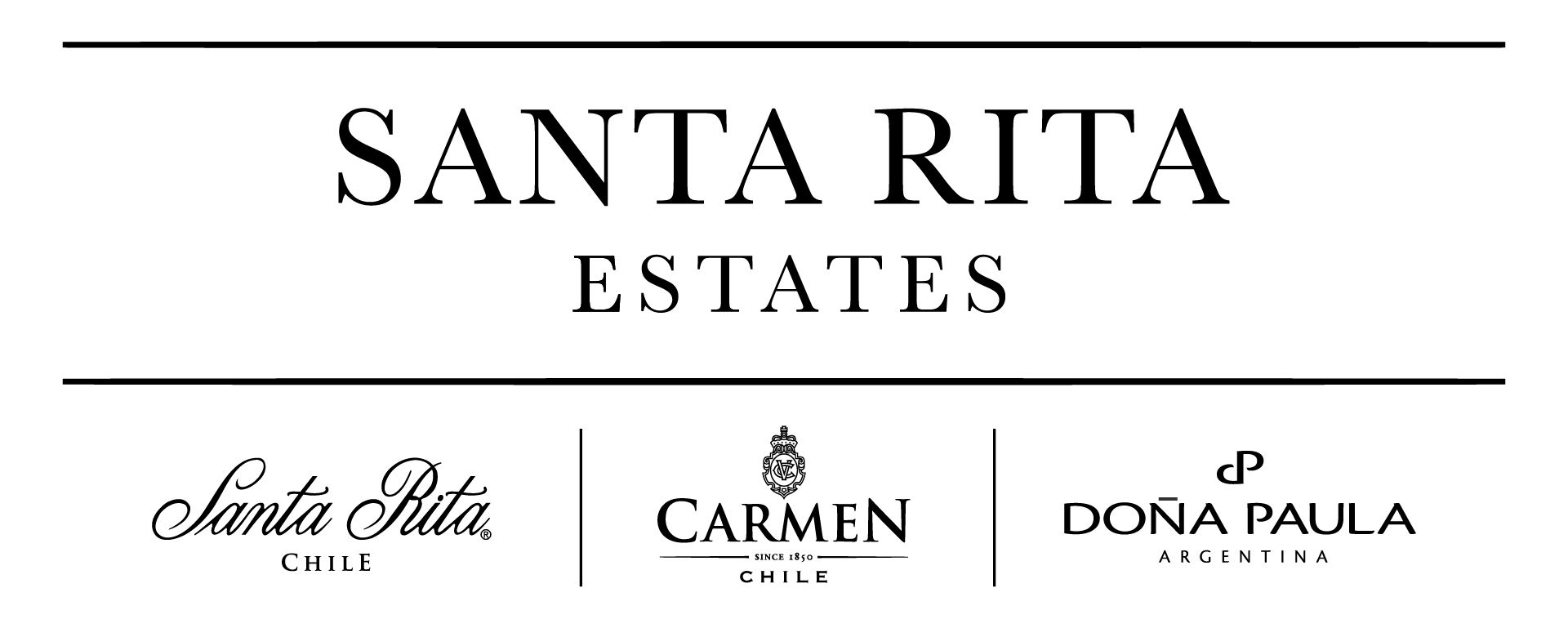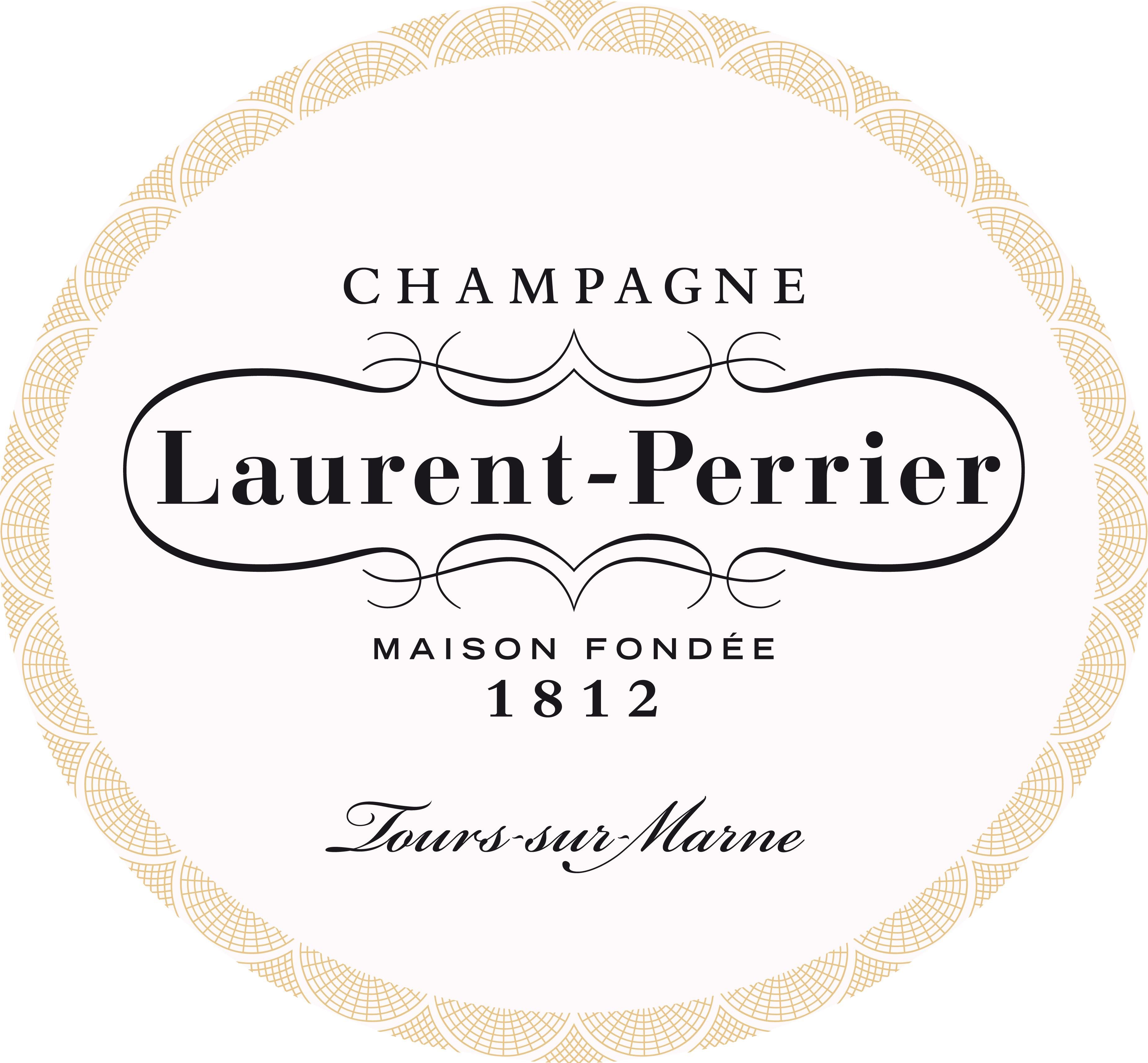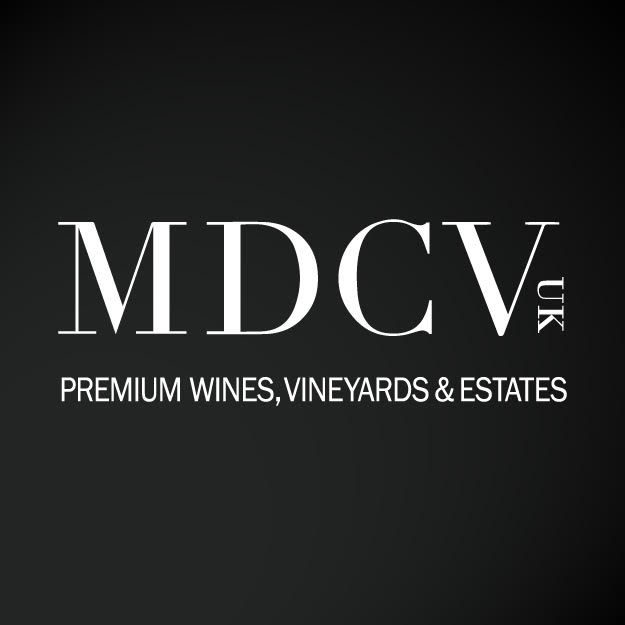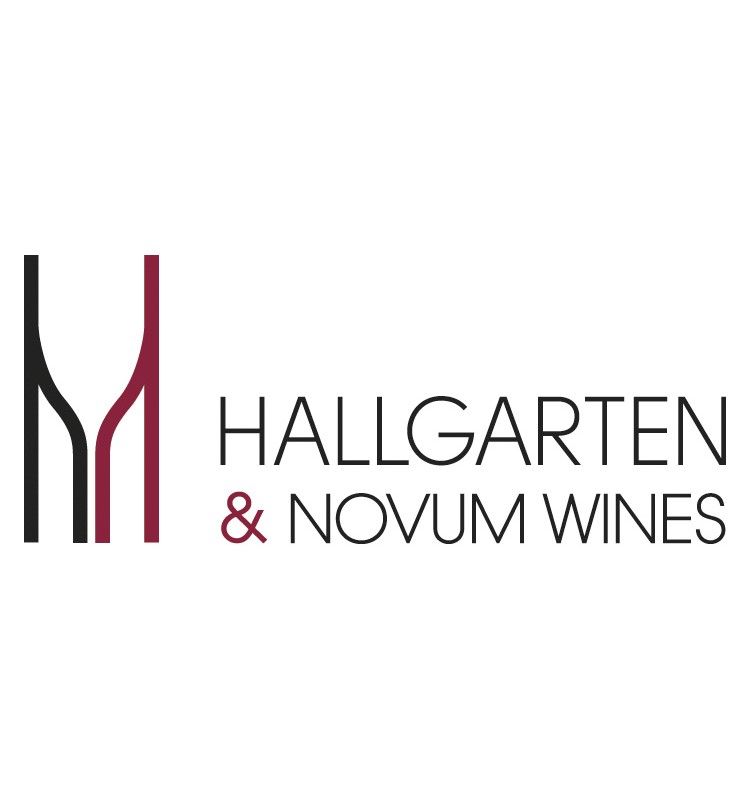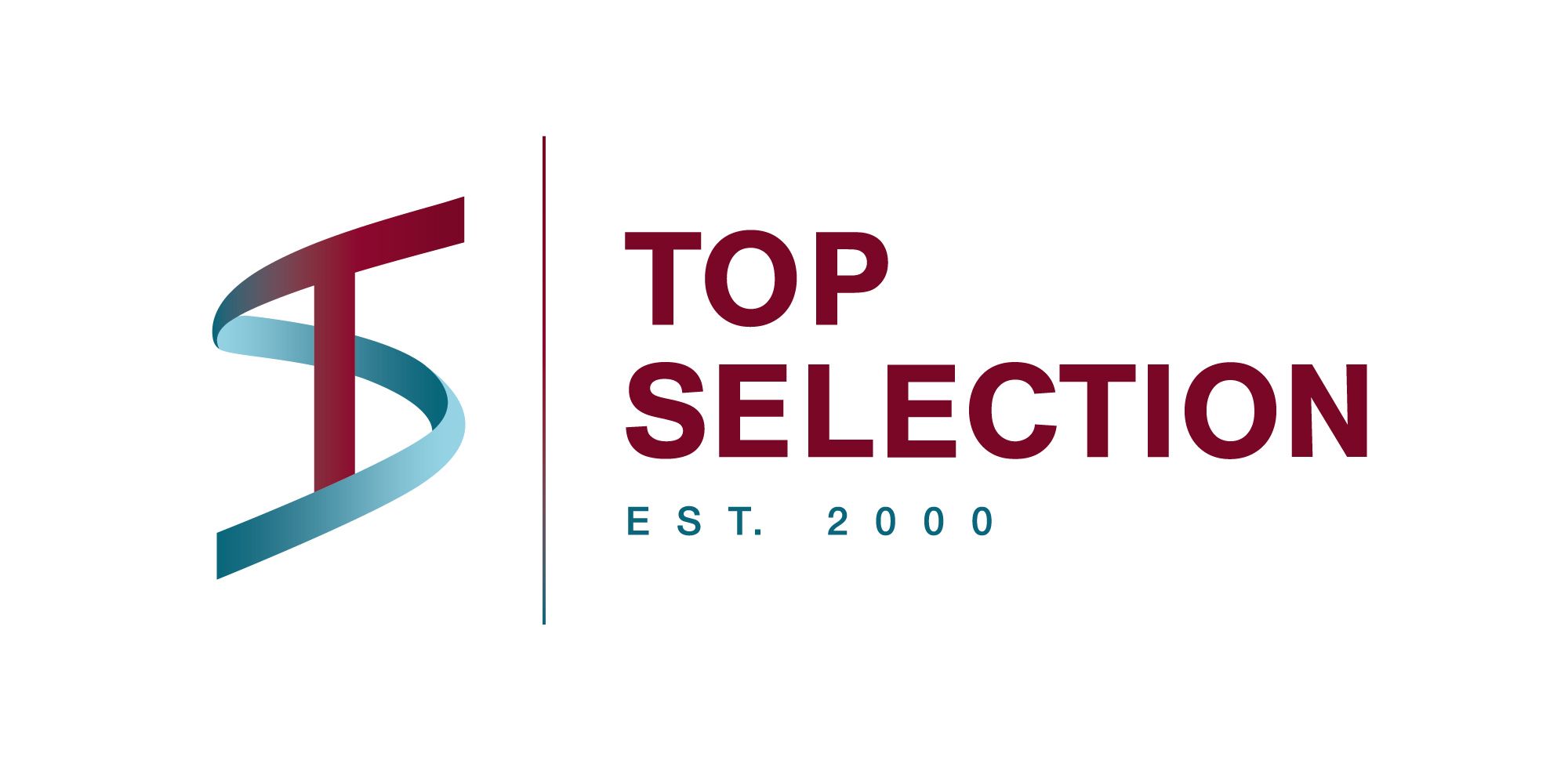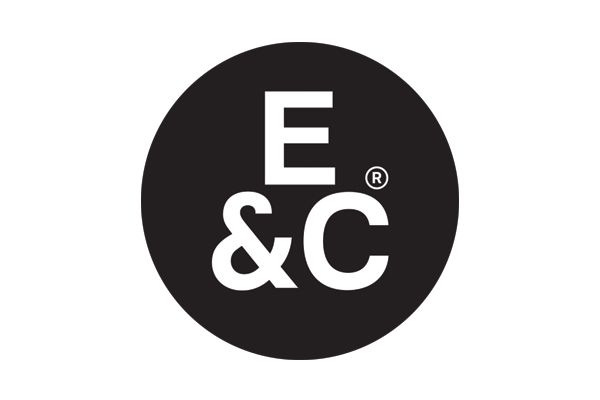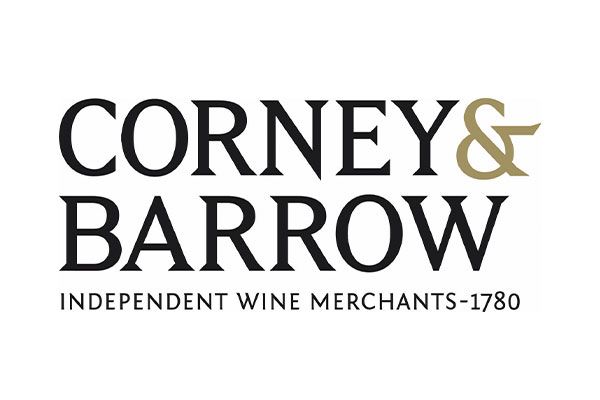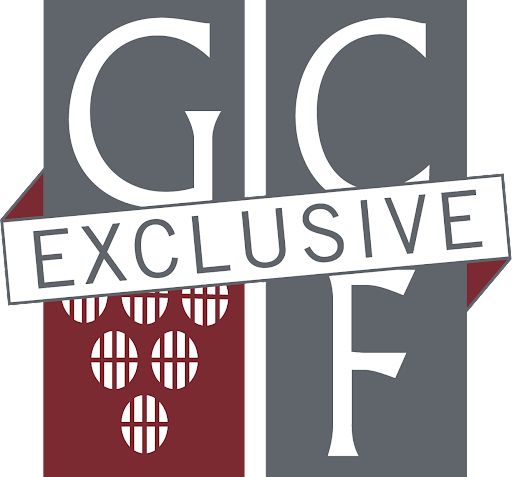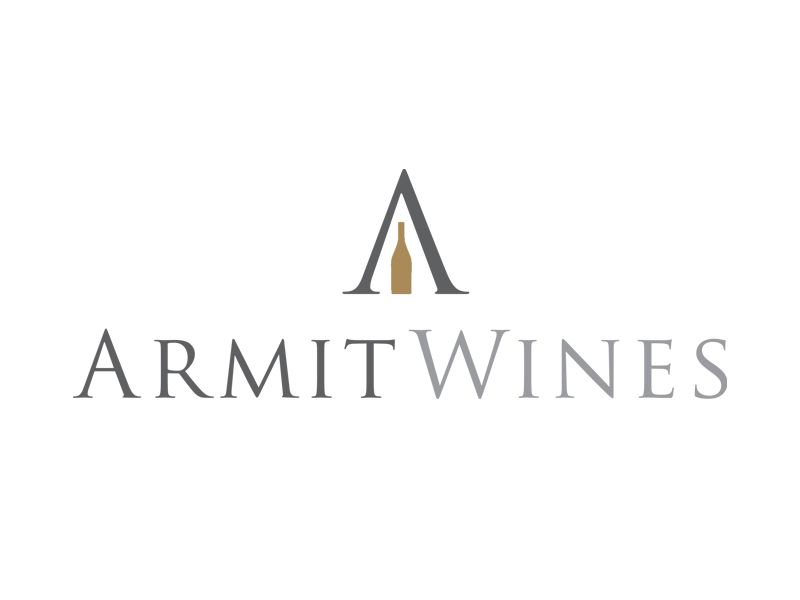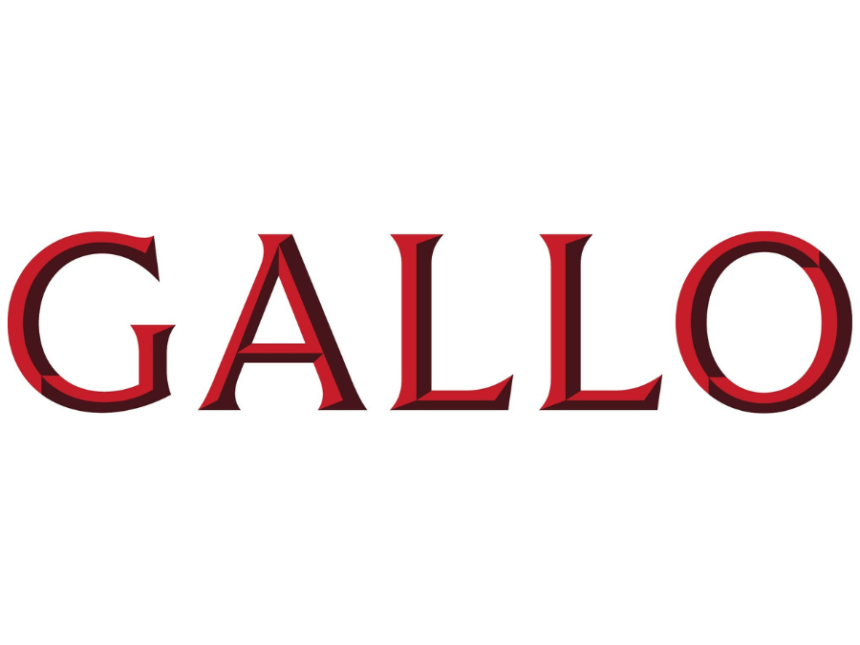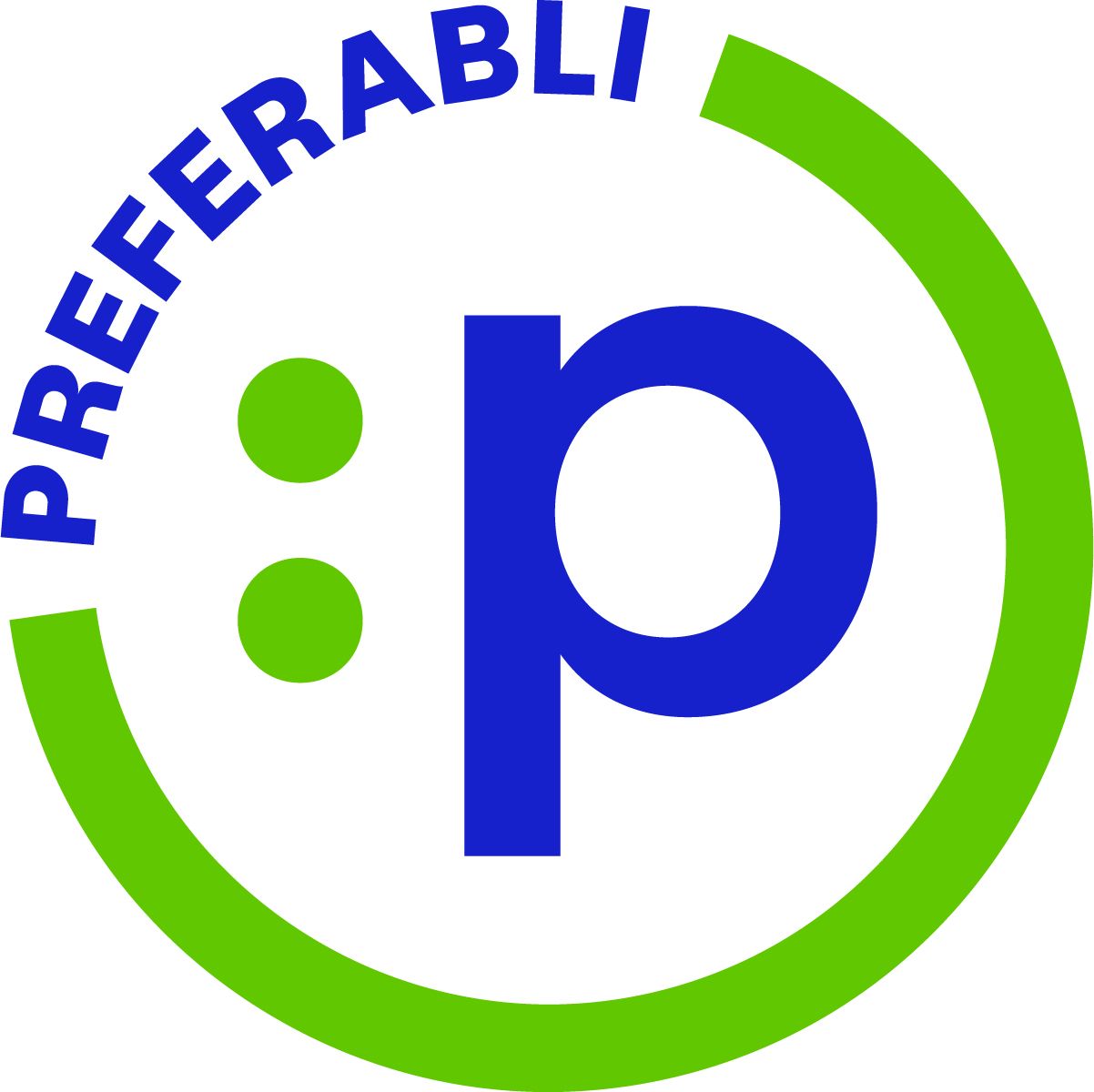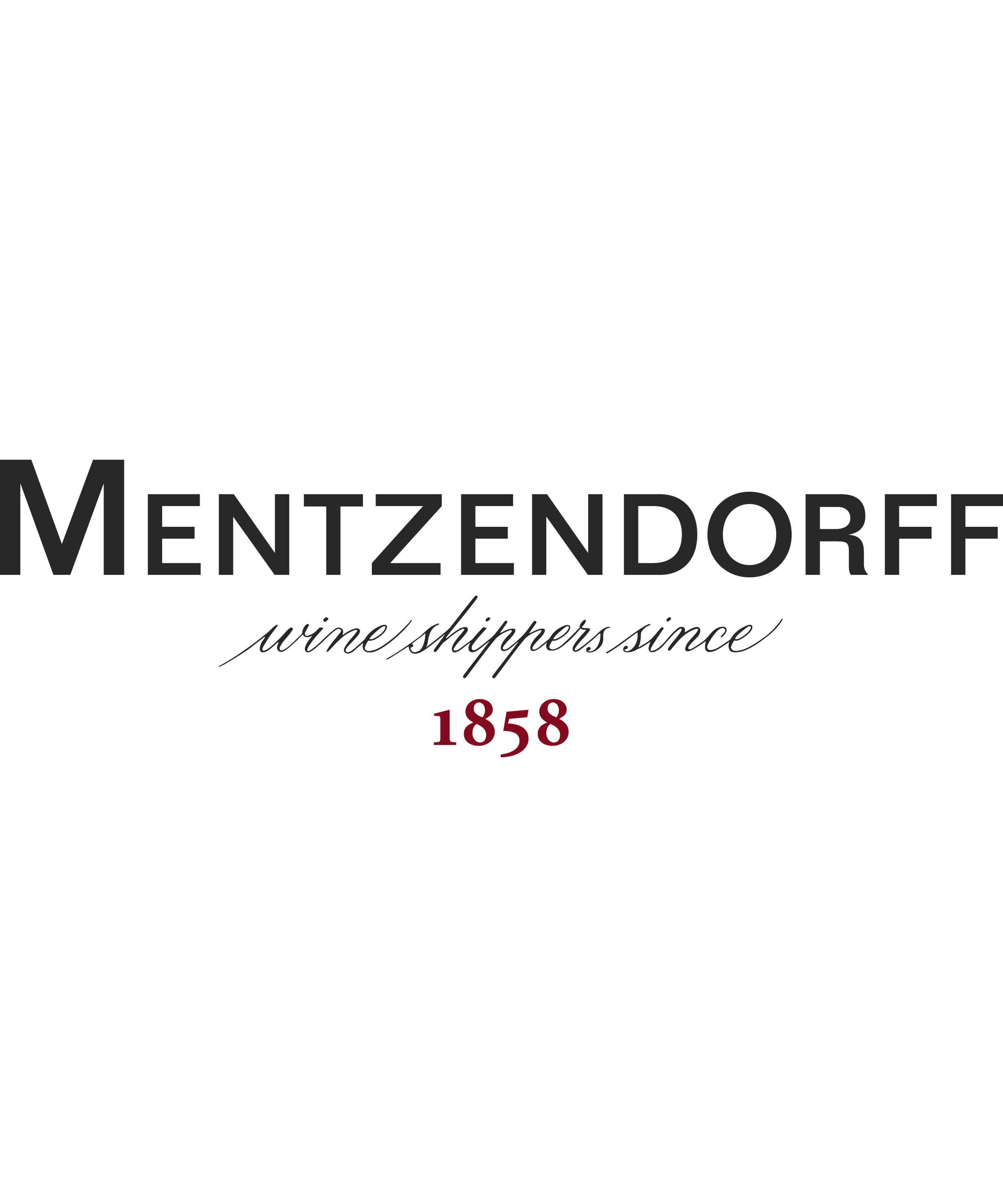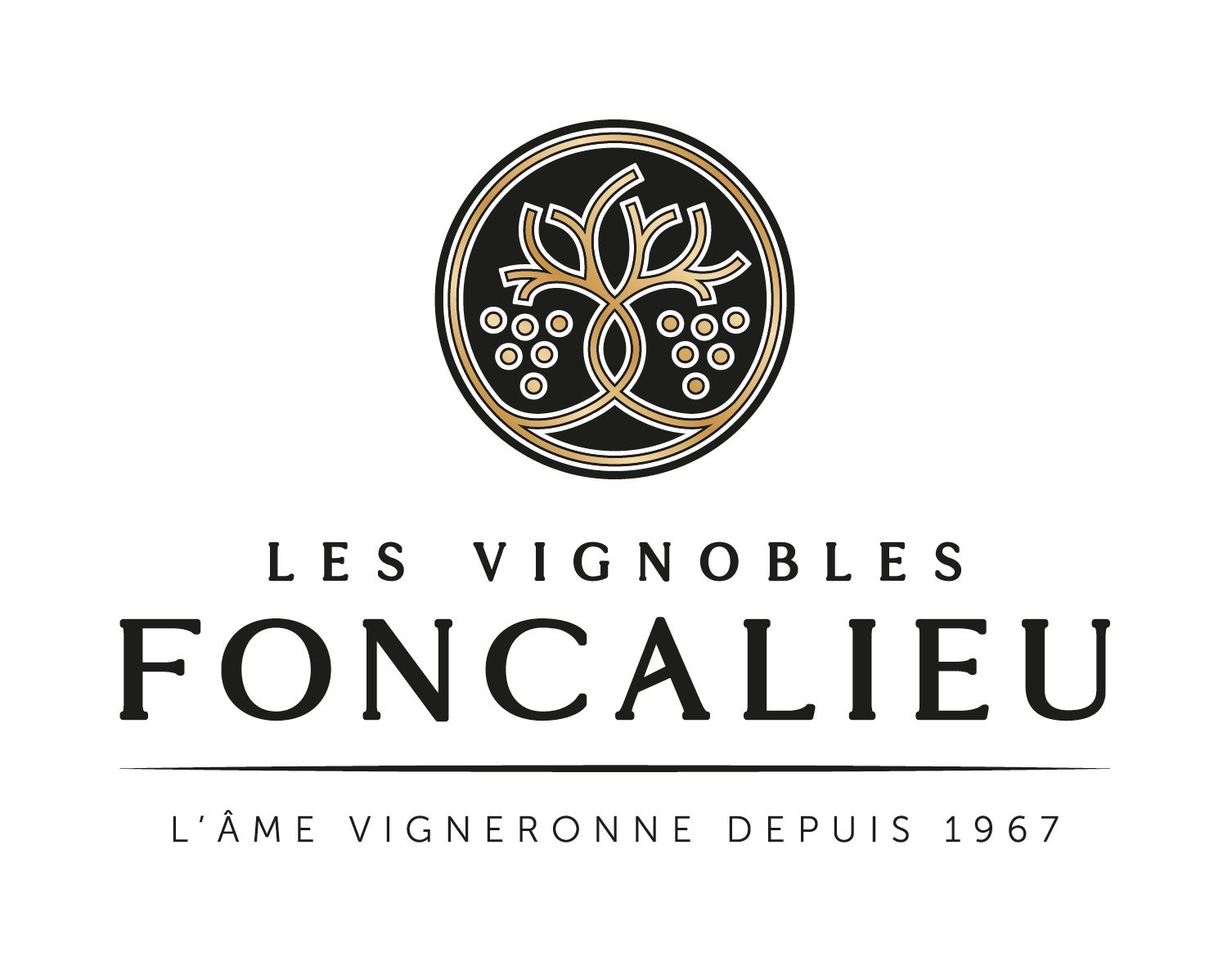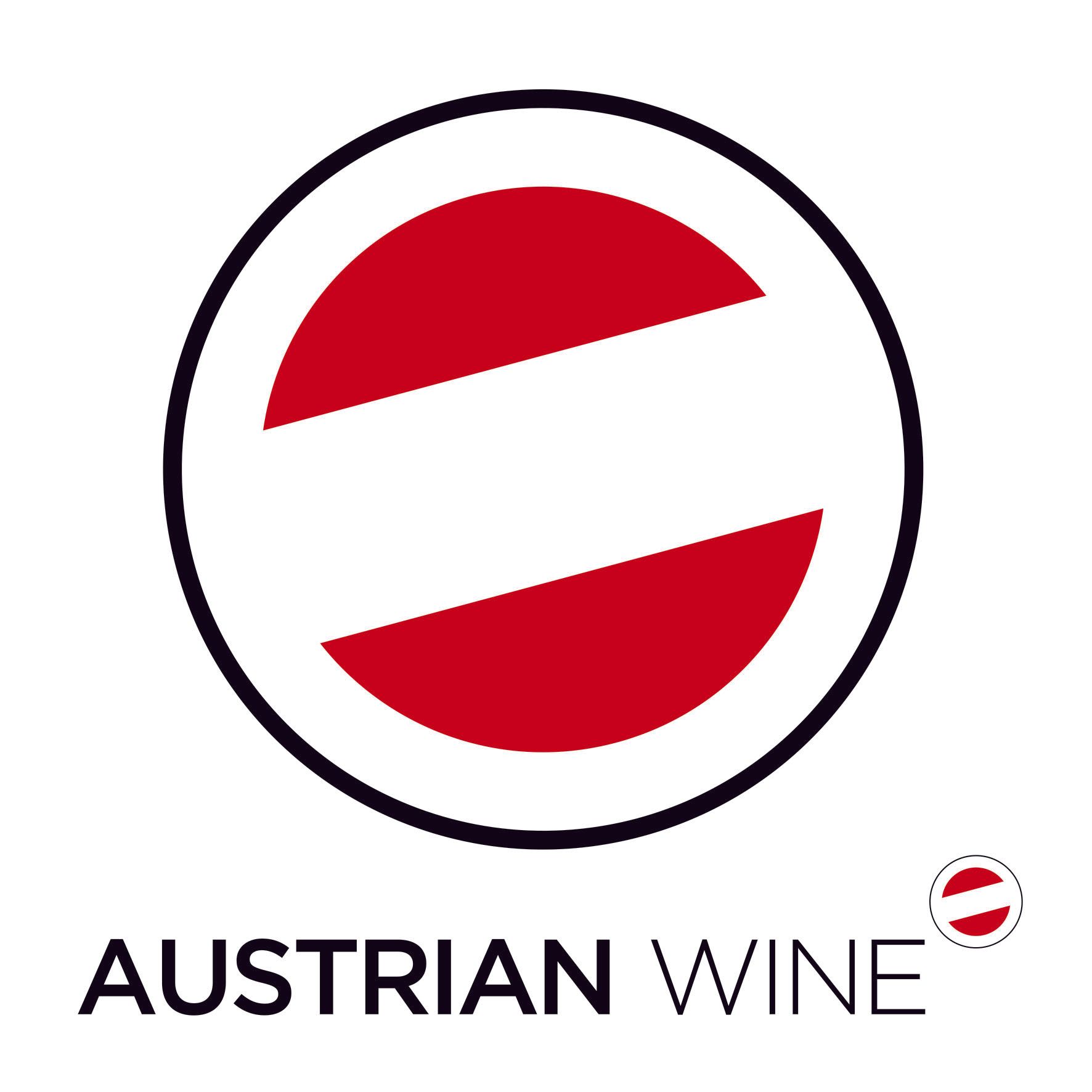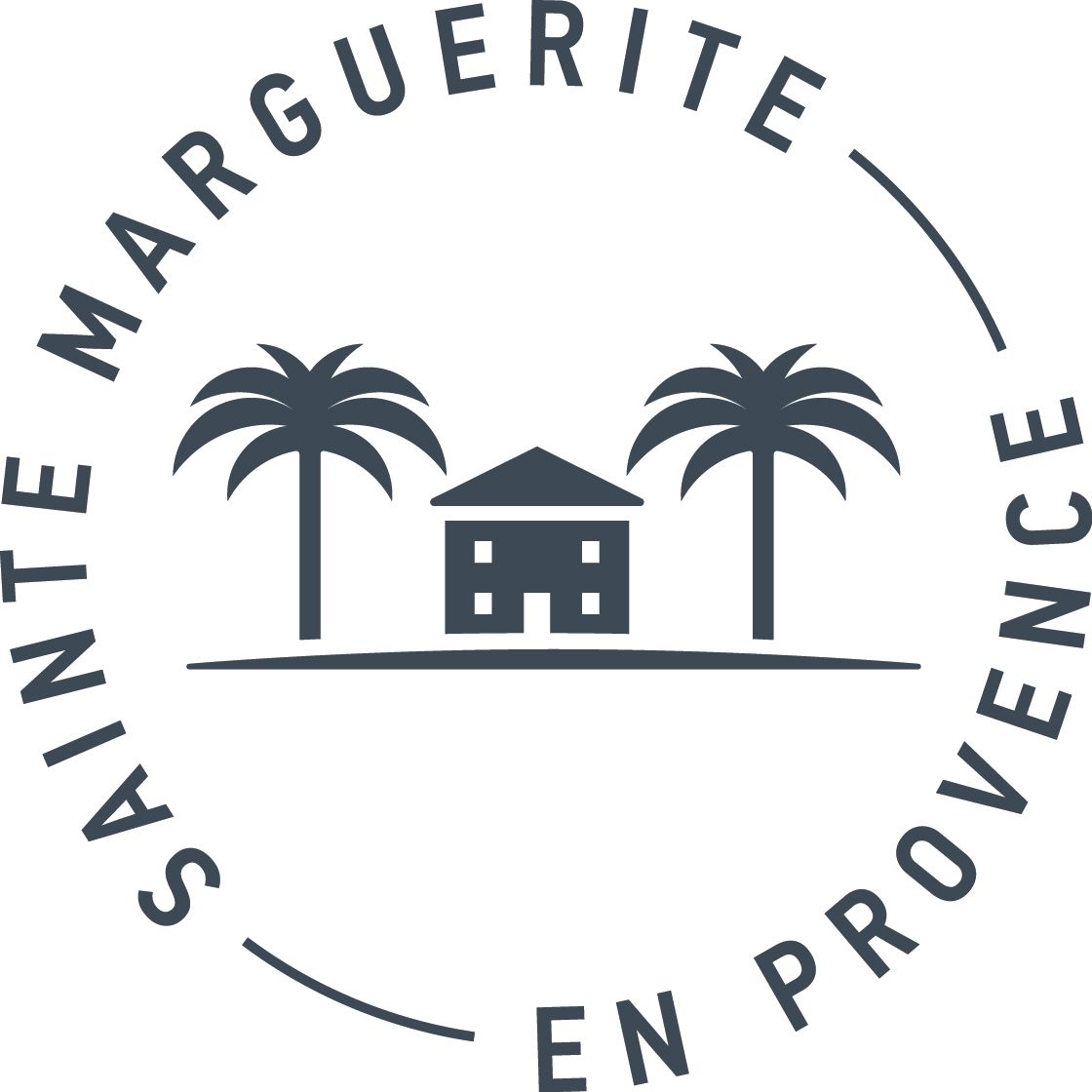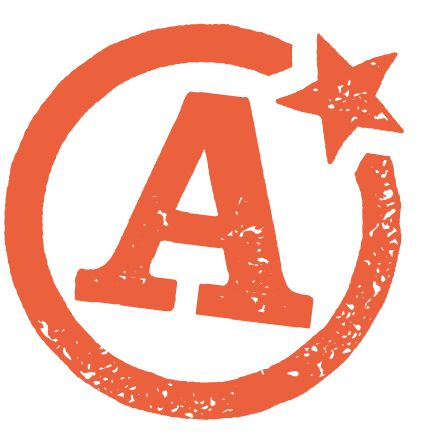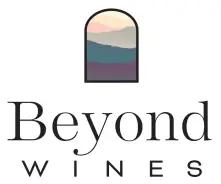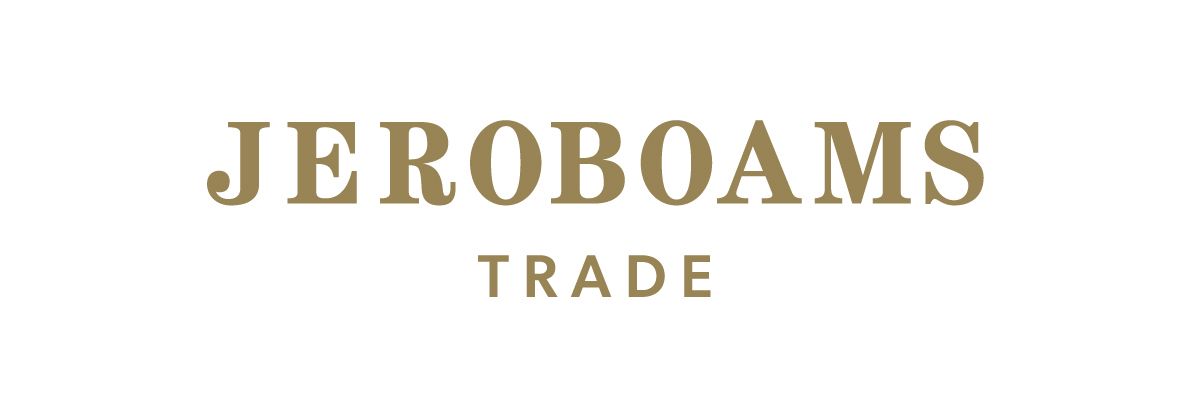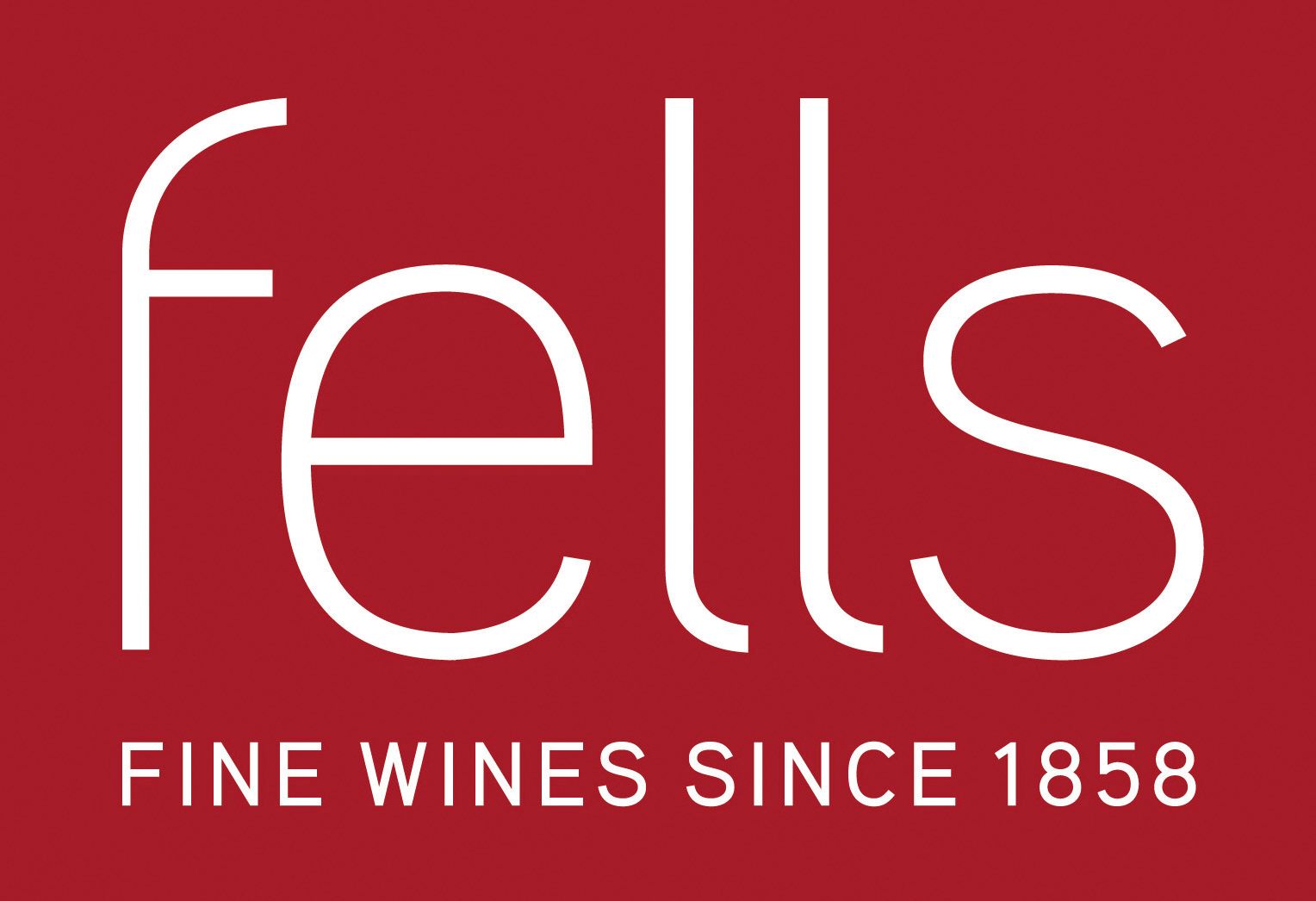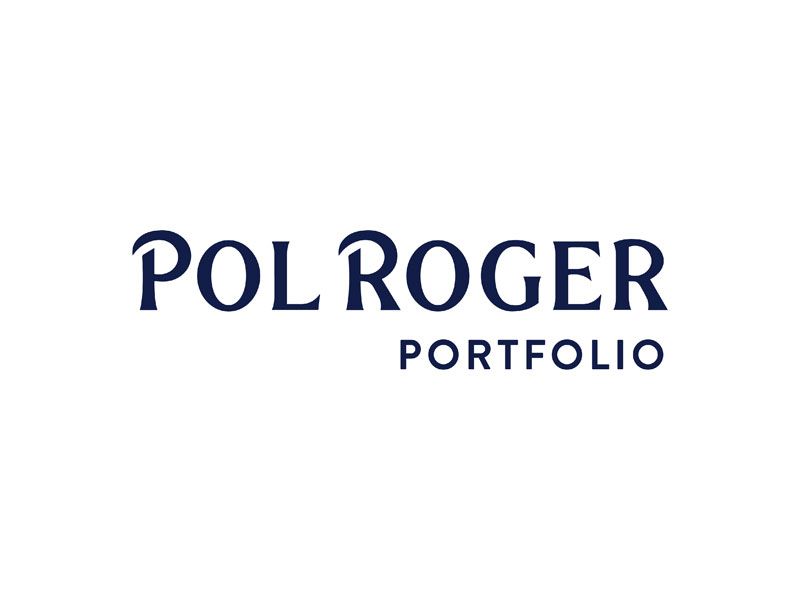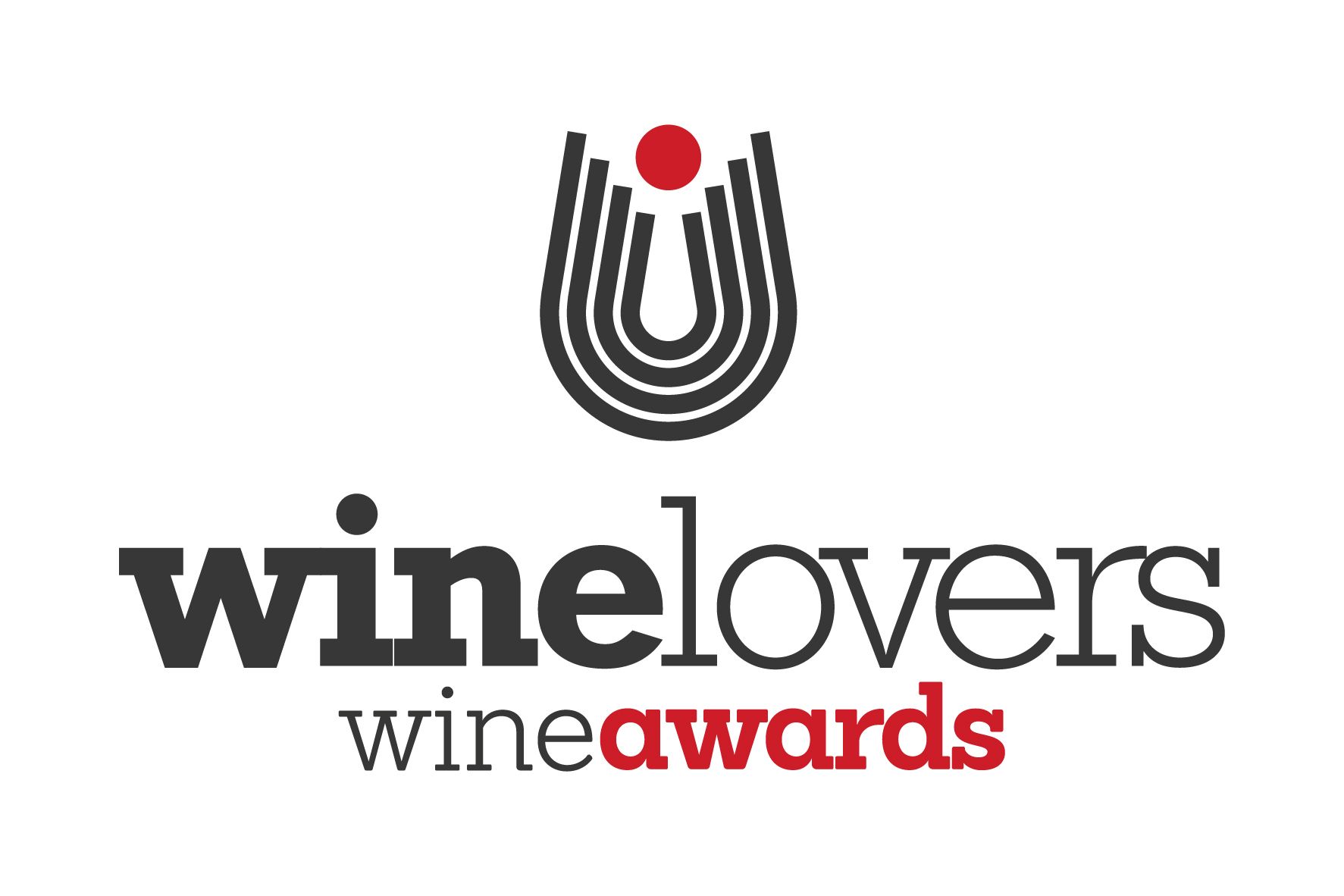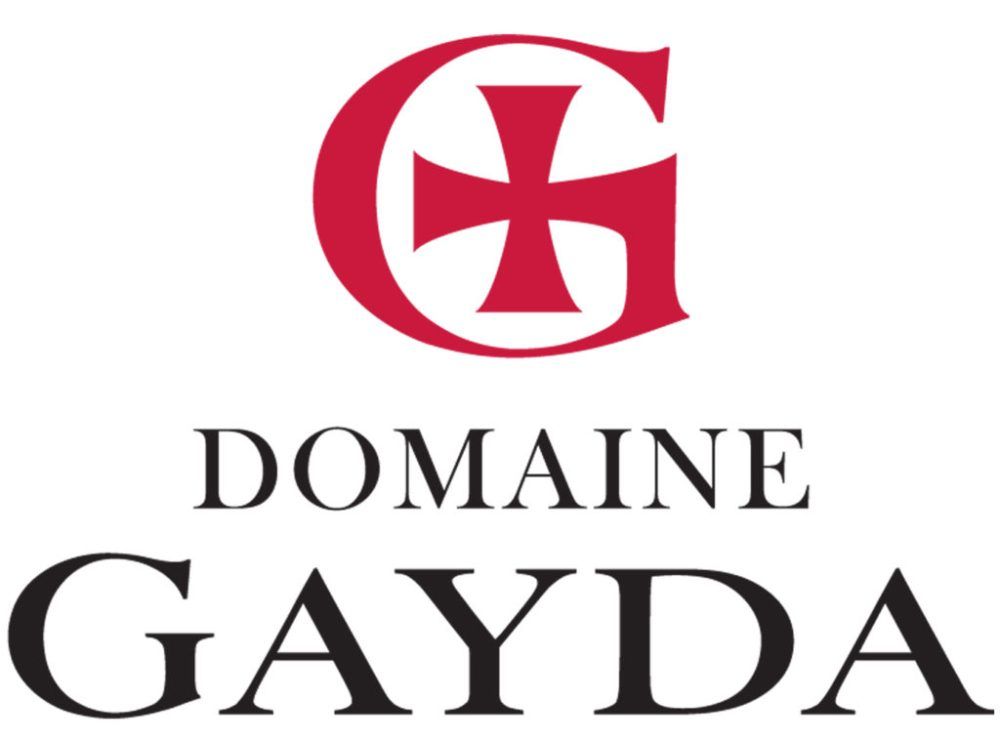The Vintner has taken the less is more philosophy in to on-trade distribution giving busy restaurants, pubs and wine bars an easy, straightforward route to sourcing their wines. But does it really work in practice?
The Vintner. On the face of it a pretty tried and tested, traditional and safe name to use for a new wine distribution business. But scratch below the name and it is none of those things.
In fact you would be hard pushed to find any wine supplier’s model that is as untried and untested as The Vintner. Its point of difference in the increasingly cluttered world of on-trade wine suppliers is just how few wines it has. One hundred to be exact. No more, no less. It is, as it says, its attempt to end wine confusion.
Yes, there are wine bars that pride themselves on their small, limited wine ranges, notably Vagabond Wines which also only lists 100 wines at a time. But not amongst those businesses trying to convince the likes of a Vagabond to list one of their wines. There it is more about how big, varied, diverse and ambitious your wine list is. Not how small or confined it is.
So when it comes to doing something new and different, The Vintner has got a head start on its competition. But does it work, and how does it work?
100 and out
Well first of all it’s true to its word. It only has 100 wines available to buy at any one time. Crucially these are also 100 wines that are ready to drink now making it an even more commercially viable list.
What is particularly interesting about the The Vintner’s unique approach is that it stems from what its believes on-trade buyers are looking for. It’s based, if you like, from the pressures felt on the restaurant floor by buyers and managers that do not have the time to look after a complicated and demanding wine list.
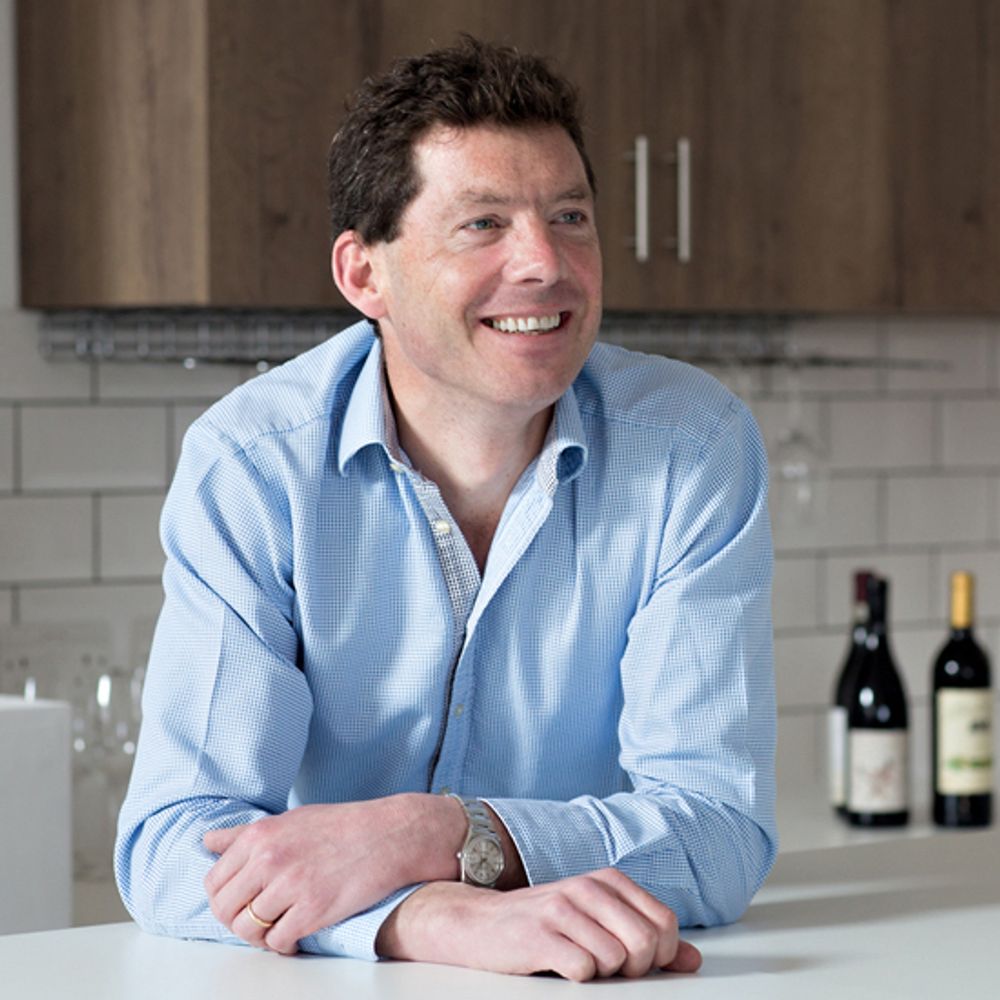
Tom Gilbey has taken his experience of working for a larger supplier, like Jascots, to create a less is more approach
Which comes from the experience of The Vintner’s senior management team, namely founder and sales director Tom Gilbey and managing director, Julia Beran, who worked with each other at leading on-trade suppliers, Jascots Wine Merchants, for a number of years before in 2010 deciding to branch out with their own distribution model.
Gilbey says it was the difficulty and, yes, confusion of trying to manage a list of a few hundred wines that made him convinced there was an easier, more simplified ways of doing things.
By having such a curated, but also restricted list means The Vintner is deliberately only aiming itself at a core part of the on-trade. It is not after fine dining restaurants with long lists of wine to sell. Instead it is highly focused on those restaurants, bars, pubs and hotels that want to sell good quality, value food, but do not have a sommelier or have any highly ambitious wine credentials.
Doing the hard work for you…
It is all about going to the market with a range of wines The Vintner’s buying team believes are the best wines for you too. Gilbey explains:“We want to do the hard work for our customers, which is why we say we curate our range.A list of 100 wines is large enough to represent every area we would like to be drinking from, and manageable enough for us to taste the wines regularly to ensure they are drinking brilliantly while we list them.That’s The Vintner promise.”
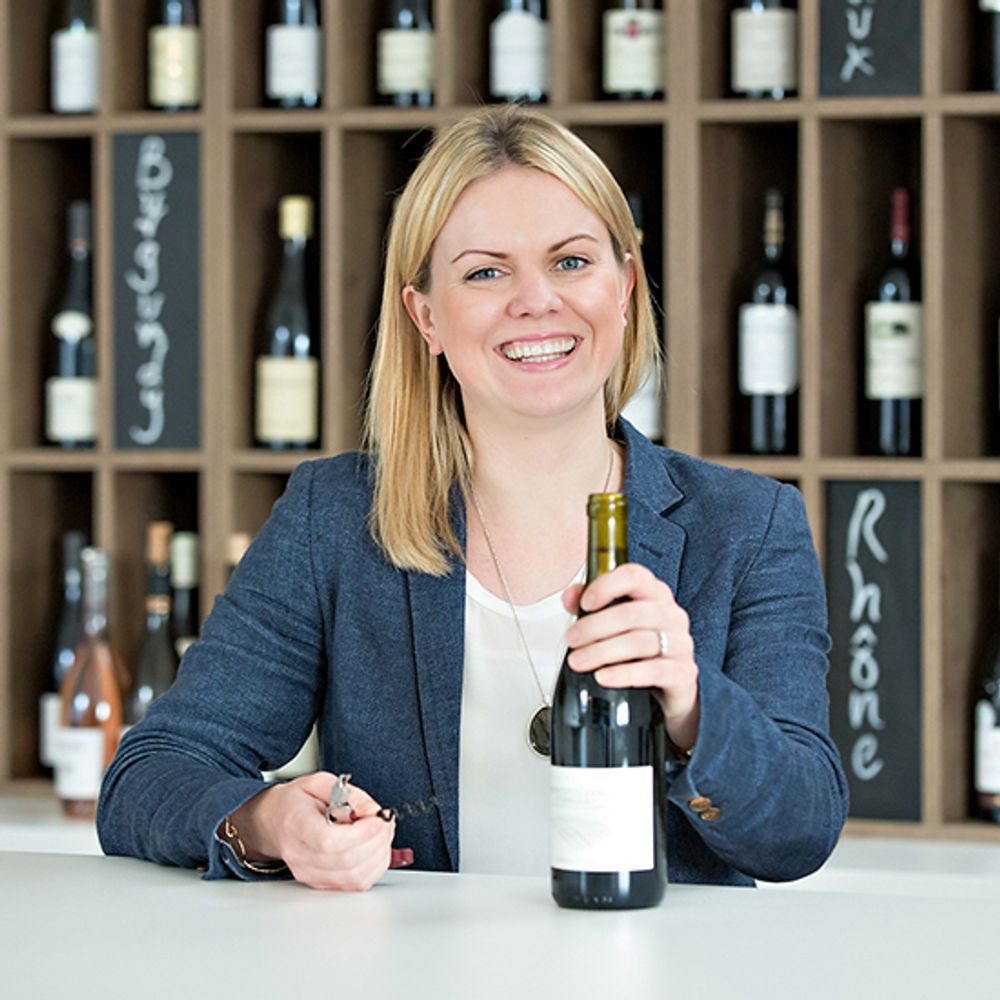
Julia Beran says operators buy in to the fact its limited range is actually more focused on their needs
It’s an approach that is opening more and more doors, says Beran. “We are finding we are going in with some wine and then ending up with 90% to 100% of someone’s list.”
Now it does not mean that The Vintner only has 100 wines on its books at any one time. In fact it has closer to 200, but the key being it only presents 100 wines to the trade at any given time, based on when is the right time to drink them.
It means it is able to go out and directly source the best wines it can find for certain varietals and on-trend regions. It might not be able to have a choice of 15 Picpoul de Pinets, but the ones it has will be amongst the best in their class, stresses Beran.
Which means there is even more pressure and focus on making sure the 100 wines that do make its list are the most commercially in demand at that time, she adds. “We do a lot of research and insight in to what our market wants.”
Going direct
This is also helped by the fact The Vintner also sells its wines direct to the public through its website with 100 wines for home service. Again the same principles apply. No need to wade through page after page of wine choices, The Vintner has picked the right wines for you to buy and drink at home. It is then able to quickly identify the wines and styles those customers are then choosing to buy and drink.
When it does mix up its main list it will only change around 25 wines at a time to ensure the vast majority can build up consistency in the market.
Equally she says it does limit the number of operators and outlets they can work with as they do not have the breadth of wine to supply every event company or brasserie in London. But that’s the way they like it.
Gilbey says its business model means is suited to working with long standing customers and is therefore careful not to be enticed in by operators who are only looking to buy on price as you will lose them as quickly as you win them. “It has to be the right fit.”
It has focused a great deal, he adds, on the contract catering sector as it believes not only does it offer a largely untapped market for quality wine, but it can be a stepping stone in to winning other business with the customers they work for.
Team approach
Interestingly it adopts very much a team approach to winning new business. Similar to how the advertising sector works. Rather than just rely on the direct sales team, it will look to go in as a management team to present to major operators so that they can cover all areas of the business and services they provide. “We have found that has made a real difference,” says Beran. “It brings the business to life.”
It works equally hard, adds Gilbey, to build strong partnerships with the suppliers it is choosing to work with as they know how much they rely on each to get the wine consistently right. Around 70 of its list is from the Old World, which Gilbey believes reflects the main industry trends.
The Vintner’s main market is with the London on-trade, but it also reaches out into Cambridgeshire and Oxfordshire using its own vans to deliver direct from LCB. For orders around the rest o the country it relies on third party couriers and distributors.
Safety first
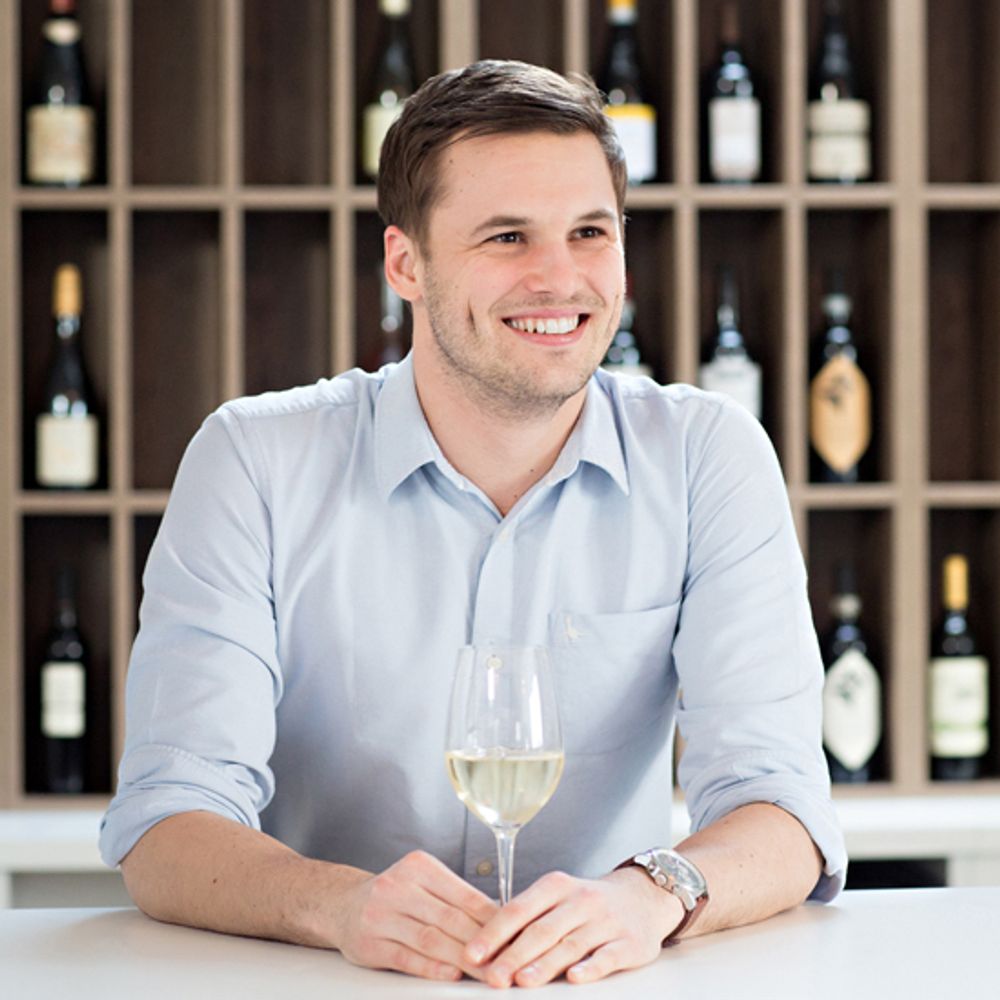
James Bidgood: The Vintner’s training app allows staff and operators to do wine training at their own pace and in their own time
James Bidgood, head of marketing and events, who himself has experienced managing high-volume casual dining restaurants, says part of the Vintner’s appeal is to actively work with similar chains where they need to sell wine, but don’t necessarily need to know a lot about it.
Whilst on the ground staff wine training clearly has an important part to play, and is something The Vintner offers all its customers, it is also looking to go a step further with practical support when the formal training is completed.
It has developed its own app, which Bidgood believes goes some way to addressing the need to “incorporate education into waiters’ lifestyles”.“Team training,” he says, “will always play an important part of education but we feel incorporating app based technology into the training mix provides a stronger, more blended approach to education.”
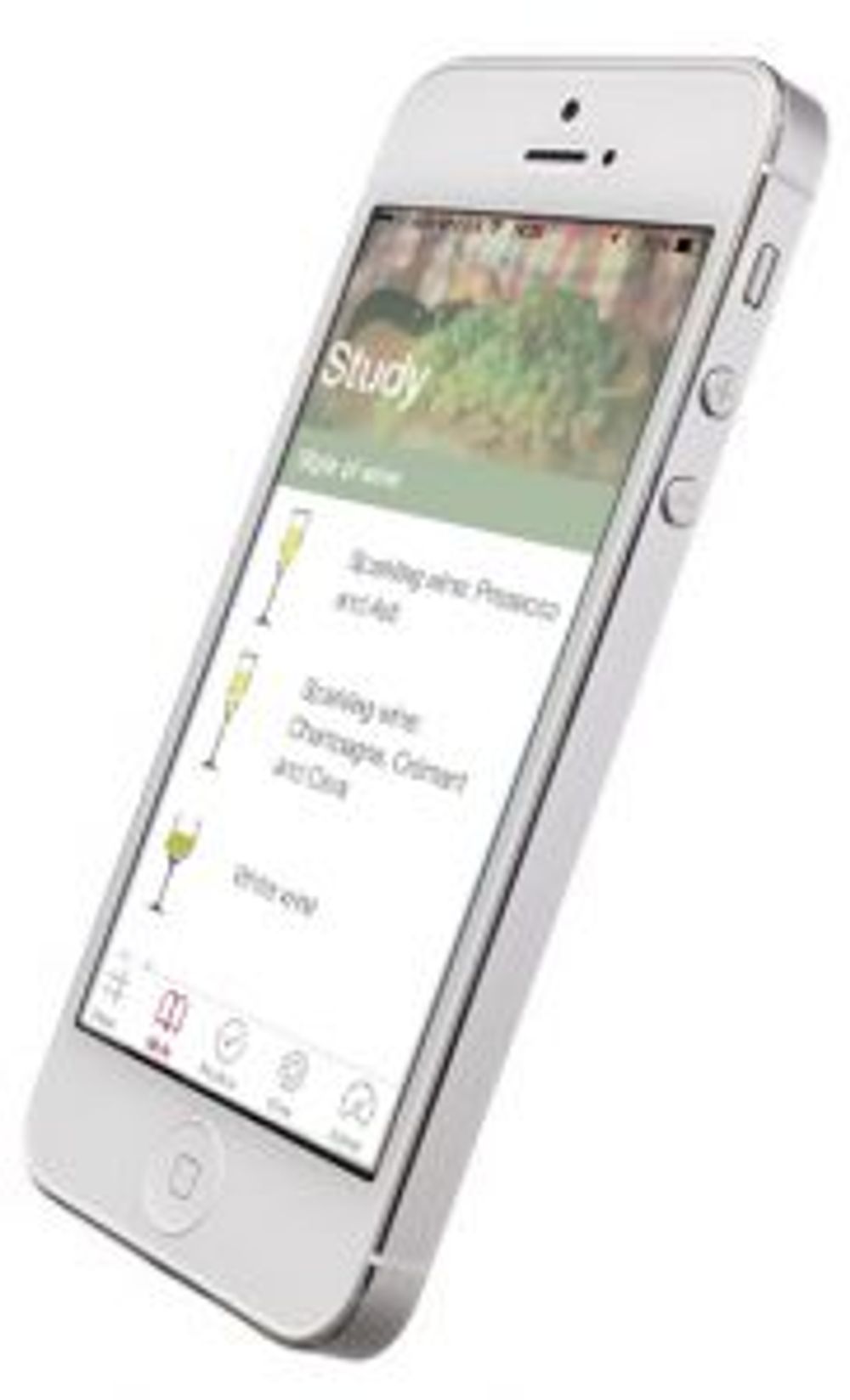
Training at the touch of a button
The Vintner iPhone app means staff can use it as and when they need to swot up on, say, some different wine varieties, or test themselves with what they know.It’s all about giving them confidence in talking about and selling wine, says Bidgood, with the average user logging on for around eight minutes at any one time.
The app was launched in April 2016 and is being regularly updated with new modules and levels of information based on the users needs.
The Vintner, for example, has used it as part of its training for gastro pubs, like the Palmerston in East Dulwich and its event caterers, with what it claims have been 12% uplifts in average spends per bottle.
The app can be personalised for each customer so that it only lists and talks about the wines on their list. It can be used to track how well different members of staff are getting on with using it, and includes bite size quizzes as well as all the technical information about the Vintner wines being stocked.
Gilbey believes tools like this are going to be key for suppliers going forward: “Our challenge is to get our customers’ staff to understand our wines better,” he explains. “Knowing more about fewer wines is potential a lot more interesting. We’re very proud of it.”
The only 100 wines approach appears to be working considering it is now turning over £4m a year. You wonder why they don’t sell more…
